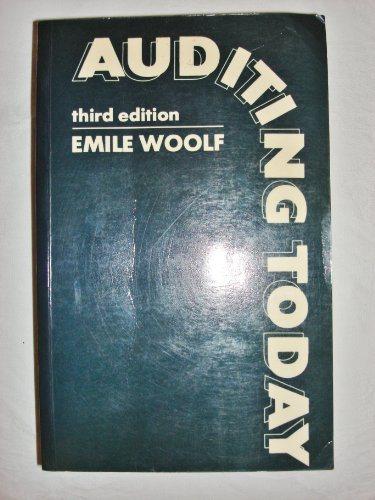 I just need part vii and viii
I just need part vii and viii
4. First, briefly distinguish between the income/expenditure statement and the balance sheet statement, making sure in your answer to indicate the significance of each. Then, suppose you are given the following financial information on a hypothetical chartered bank in Canada, for the period between April 24, 2020 and April 24, 2021 (all figures are in millions of dollars): non- interest income from service fees ($55); other miscellaneous operating revenues ($13); non- interest income from off-balance sheet activities (30); Interest income from loans ($209); income from investment in securities ($26); dividends paid to shareholders ($14); Income taxes owed, ($33); interest paid to depositors ($64); Interest on non-deposit borrowing ($18); salaries and wages of bank employees ($27); Overhead costs ($3); Other miscellaneous operating expenses ($22); loan loss provision ($22). From the above information, calculate the bank's (i) net income after taxes; (ii) its retained earnings (i.e., undistributed business profits); and (iii) finally, set up the bank's income and expenditure statement for the stated period; (iv). Suppose, the bank's return on assets (ROA) is 5.5 per cent, determine the value of its total assets in dollars; (v) Suppose the bank's return on shareholders' equity capital (ROE) is 12 per cent, determine its total equity capital in dollars; (vi). Suppose the bank's equity capital doubles while ROA stays constant, what is likely to happen to ROE? (vii). Why do shareholders care more about ROE than about ROA? (viii). Using the C.A.M.E.L.S. rating ratios (as defined in class), determine the bank's capital adequacy ratio, its asset quality ratio, management competency ratio, its liquidity ratio, its sensitivity to market risk ratio. 4. First, briefly distinguish between the income/expenditure statement and the balance sheet statement, making sure in your answer to indicate the significance of each. Then, suppose you are given the following financial information on a hypothetical chartered bank in Canada, for the period between April 24, 2020 and April 24, 2021 (all figures are in millions of dollars): non- interest income from service fees ($55); other miscellaneous operating revenues ($13); non- interest income from off-balance sheet activities (30); Interest income from loans ($209); income from investment in securities ($26); dividends paid to shareholders ($14); Income taxes owed, ($33); interest paid to depositors ($64); Interest on non-deposit borrowing ($18); salaries and wages of bank employees ($27); Overhead costs ($3); Other miscellaneous operating expenses ($22); loan loss provision ($22). From the above information, calculate the bank's (i) net income after taxes; (ii) its retained earnings (i.e., undistributed business profits); and (iii) finally, set up the bank's income and expenditure statement for the stated period; (iv). Suppose, the bank's return on assets (ROA) is 5.5 per cent, determine the value of its total assets in dollars; (v) Suppose the bank's return on shareholders' equity capital (ROE) is 12 per cent, determine its total equity capital in dollars; (vi). Suppose the bank's equity capital doubles while ROA stays constant, what is likely to happen to ROE? (vii). Why do shareholders care more about ROE than about ROA? (viii). Using the C.A.M.E.L.S. rating ratios (as defined in class), determine the bank's capital adequacy ratio, its asset quality ratio, management competency ratio, its liquidity ratio, its sensitivity to market risk ratio
 I just need part vii and viii
I just need part vii and viii





